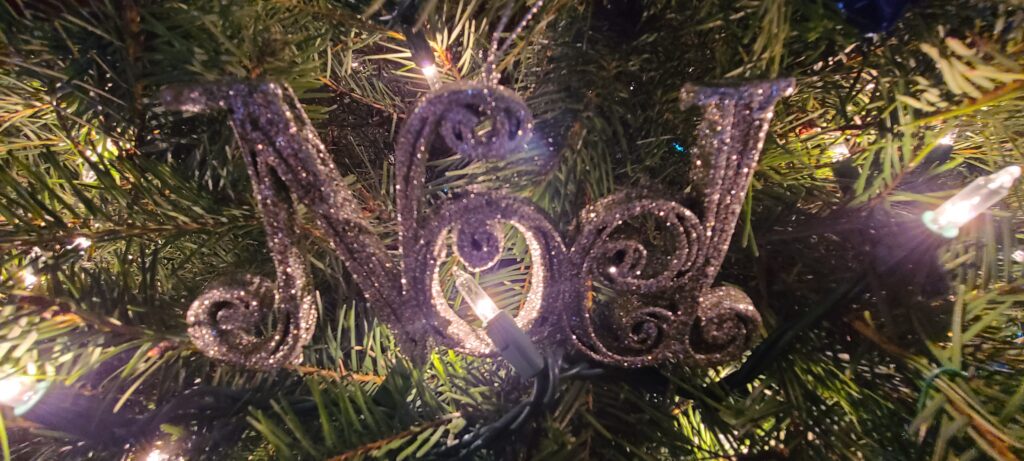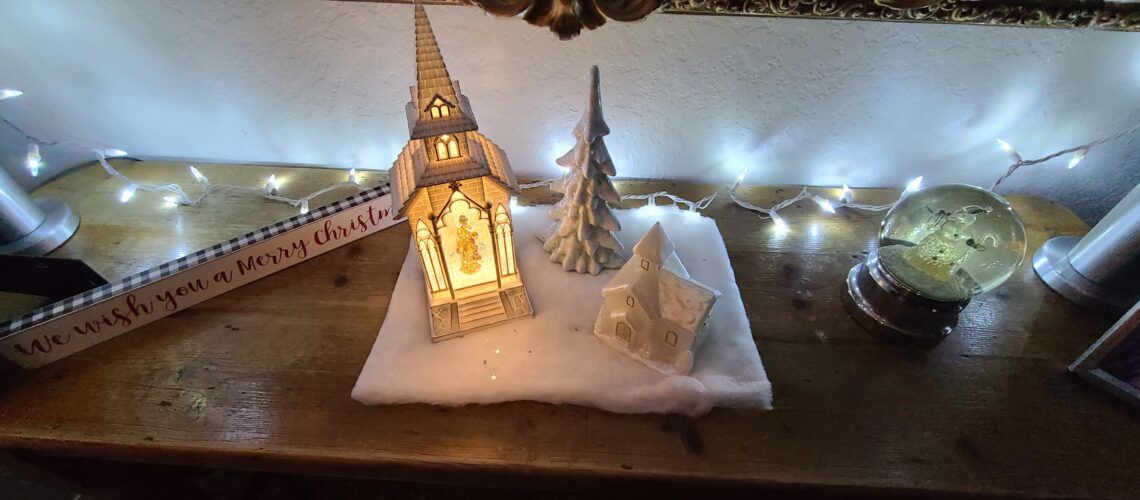
December 19, 2022
Christmas traditions and symbols
Christmas Eve
Wigilia (Latin Vigilia) means vigil, night watch, watch. It is the time of waiting for the birth of Christ. The date of Christmas in the first centuries of Christianity was different, and this resulted from disputes over the day of Jesus’ birth. In the past, Christmas was celebrated on January 2, May 28, and January 6. It was finally established that the day of Christ’s birth was December 25, and the day preceding it – December 24, was Christmas Eve. On the day before Christmas Eve, fasting was in force and people waited all night for the Christmas Eve celebration, spending time together in prayer. In Poland, Christmas Eve became a permanent tradition only in the 18th century.
When the first star shone, the household members broke the wafer and made wishes to each other. They sat together at a table covered with a white tablecloth, under which there was hay. There were sheaves of grain in the four corners of the room.
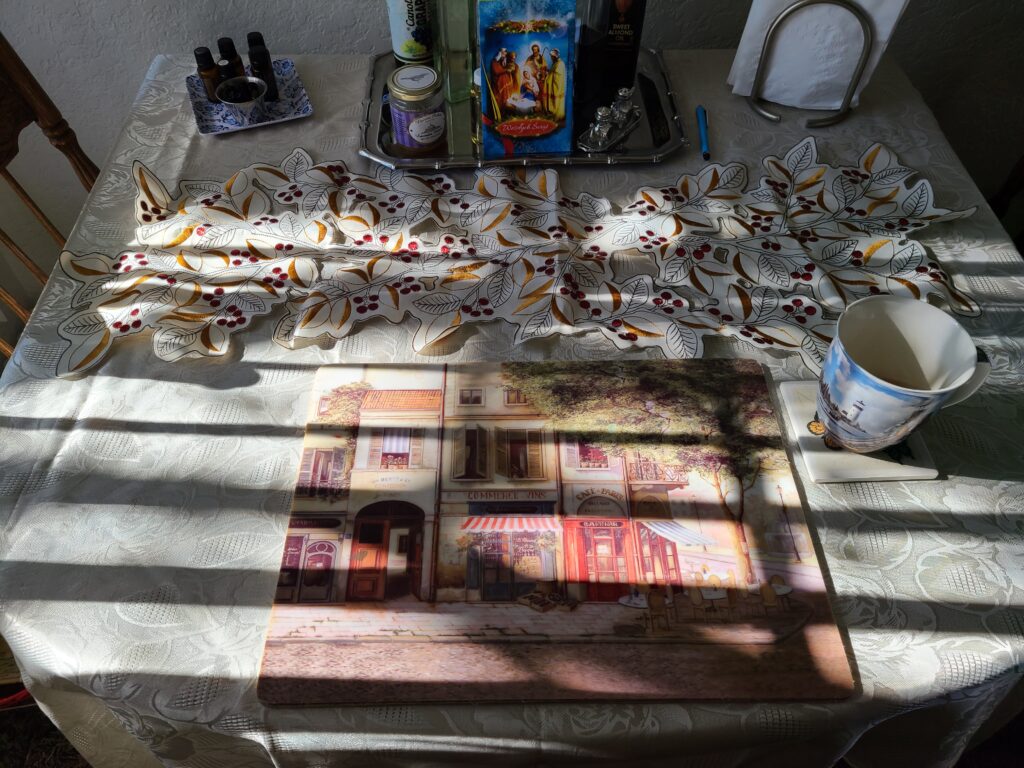
After the Christmas dinner when everyone was done eating, when all the customs were fulfilled, when the presents were enjoyed, it was time for Midnight Mass. Punctually at midnight, whole families went to the church to welcome the newborn baby – Jesus.
Although today we no longer practice many customs related to Christmas Eve, one thing remains unchanged: it is a special day with a unique atmosphere, a day of kindness and goodness, a day for forgiving injuries and anger. We all meet at the Christmas table with a wafer in hand, regardless of our views and beliefs. This evening, our streets are empty, and when the first star lights up, the windows are illuminated by the lights on the Christmas trees.

Nativity
The Bethlehem nativity scene, the birthplace of Christ, along with the manger located there, has been a place of special veneration for Christians from the very beginning. This is documented by numerous messages from the beginning of Christianity. At the behest of Helena, the mother of Emperor Constantine, the Basilica of the Birth of Christ was built over the grotto in the 4th century. In the next century, it suffered significant damage, but around 540, on the order of Emperor Justinian, it was restored and in this shape it has survived to this day. It was even spared during the devastating Persian invasion in 614. The figures of (three) wise men dressed in Persian robes painted on the pediment saved the basilica.
Rome also wanted a grotto of Bethlehem. From the 6th century, a wooden manger was venerated in the Basilica of St. Mary Major in a chapel dedicated to it. It was believed to be authentic and to come from the grotto of Bethlehem.
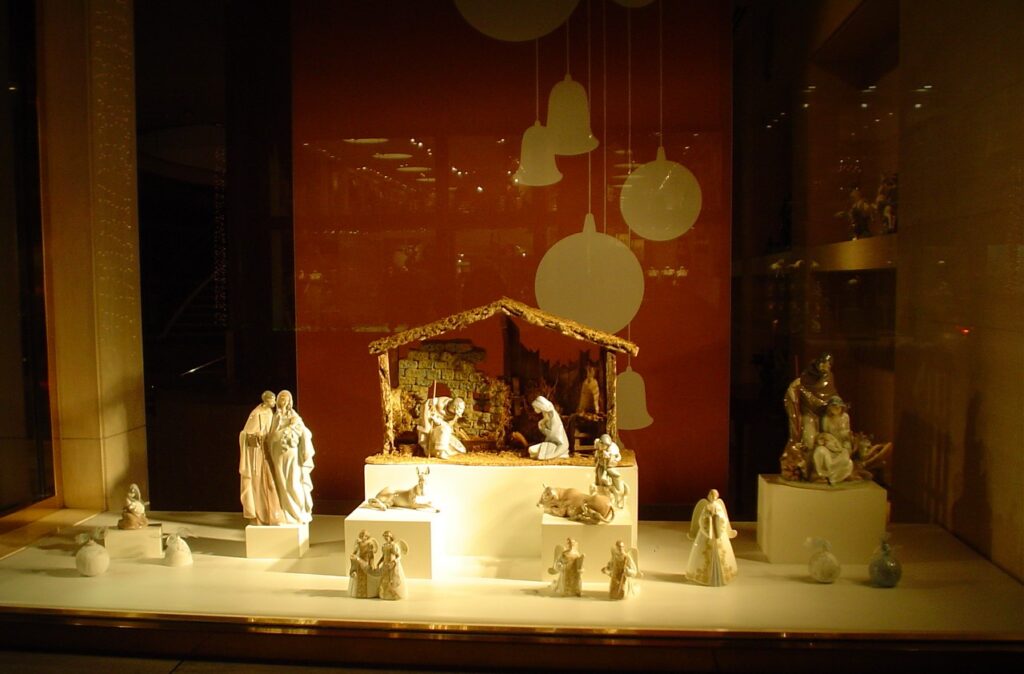
Nativity scene, apart from the figures of St. Families gradually began to be filled with shepherds, angels, kings, servants of Herod and his courtiers. Over time, the crib is getting more and more “updated”. The Holy Family is accompanied at the manger by characteristic representatives of a given nation – e.g. townspeople, peasants, craftsmen, highlanders, current representatives of civil authority, the army, etc.
Originally, nativity scenes were erected and built for parish purposes, but in private homes, nativity scenes appeared only from the eighteenth century under the influence of the Austrian reforms of Joseph II, who forbade presenting Christmas performances in church buildings in his empire.
Nativity scenes in Poland were of Italian origin and appeared in our country thanks to the Franciscan monks.
Among the many traditions of Polish nativity scenes, the most famous are the so-called Cracovian cribs, valued and known since the 19th century. Since 1927, there has been a tradition of a competition for the most beautiful copy. The annual exhibition of these nativity scenes (with a break during the German occupation and the Stalinist period 1950-1954) takes place near the Adam Mickiewicz monument on the Krakow Market Square.
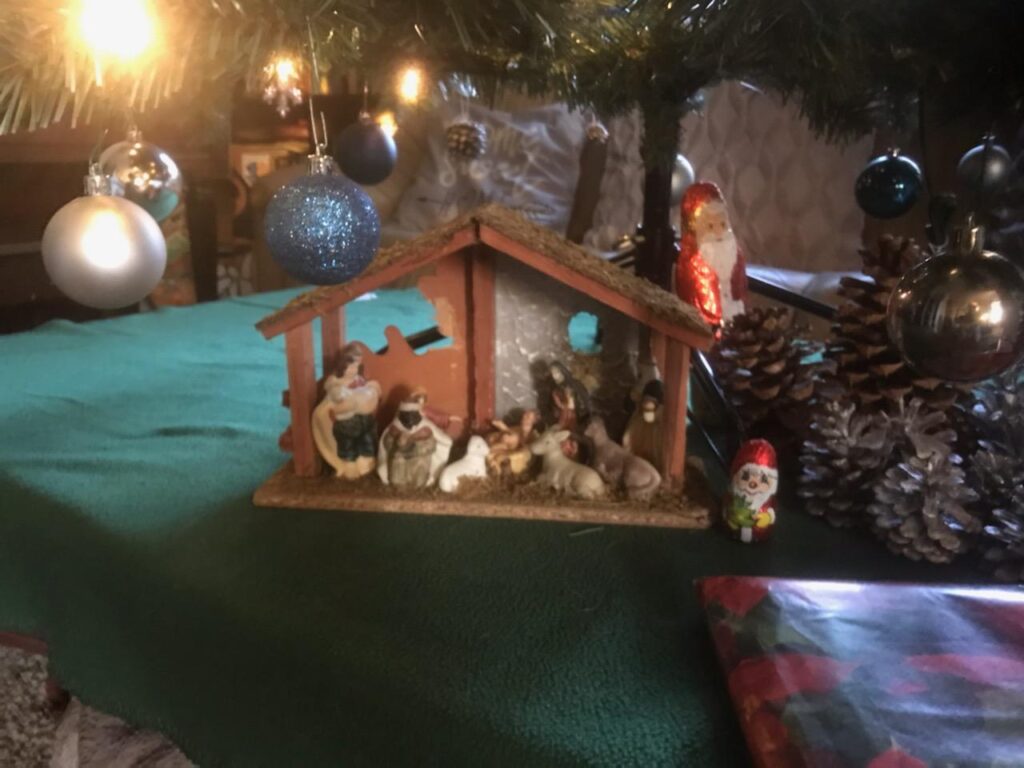
Christmas tree
The custom of decorating a Christmas tree became common in middle-class German and Austrian families in the 19th century. Also in the 19th century, the star of Bethlehem was placed at the top of the tree. Initially, it was decorated with natural ornaments: apples, gingerbread, nuts, straw and paper ornaments. Later, it was also adopted in other countries, both in Catholic and Protestant families.
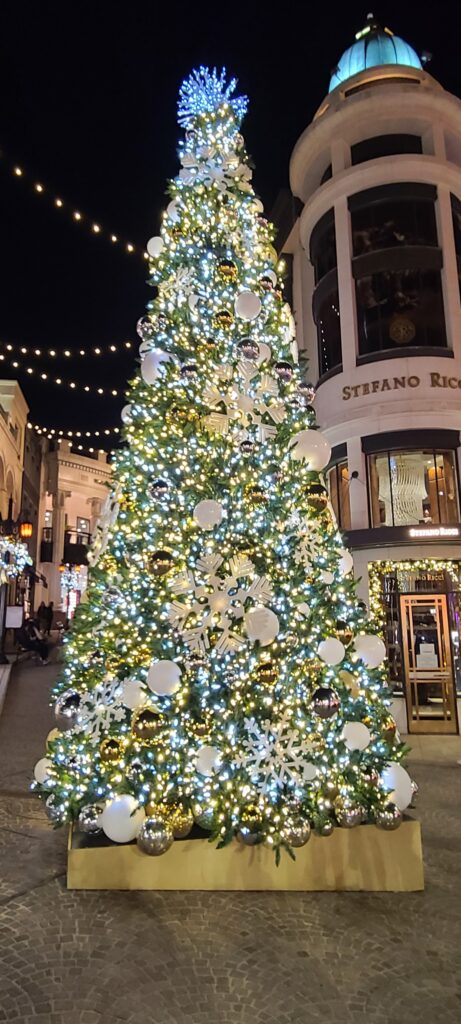
Nativity play
On the second day of Christmas (St. Stephen’s Day) the period of nativity plays began. It lasted throughout the carnival until Candlemas (February 2), i.e. the day of the presentation of Jesus in the Jerusalem temple.
The word nativity play means a manger, a kind of ladders, still used today, which are used to feed cattle and horses. They are also placed in forests to feed game. Christ was placed in a manger after his birth. Thus, “nativity scenes” present theatrical scenes about the coming of Jesus into the world.

The success of this folk art can be explained by many reasons. They had a great deal of drama: the birth of the Savior in a very poor scenery, decorative elements (ox, donkey, hay, manger, shepherd scenes, etc.), the figure of cruel Herod, exotic Kings in a colorful retinue, the slaughter of innocent children, death with a scythe, angels with giant wings, as well as devils, Jews, townspeople, knights, etc. Nativity plays were usually held after dusk.
Initially, the place of performances was a church building, and only later, when some theatrical characters, such as death, shepherds or devils, behaved more and more playfully, nativity plays were presented rather in inns, sheds or larger rooms.
From the eighteenth century, natural actors began to be replaced by puppets voiced by hidden carolers, and over time by actors who traveled around various noble mansions or even professionally built theater rooms.

